In the high-stakes world of wildland firefighting, where every step counts, wildland fire boots evolution has been nothing short of remarkable. These boots are more than just shoes; they are a lifeline for the brave men and women who fight nature’s most ferocious inferno. From rugged traditions of the past to cutting-edge advancements of today, this trip through the evolution of wildland firefighting boots reveals a story of safety, durability, and efficiency. Join us as we trace the evolution of these vital tools from their basic beginnings to the modern gear that enables our frontline soldiers to combat the flames.
Table of Contents
ToggleWildland firefighting is a physically difficult and dangerous occupation. Firefighters must deal with hazardous terrain, tremendous heat, and raging flames. In such circumstances, the appropriate footwear can be the difference between life and death.
What is the Purpose of Fire Boots?
Firefighters use fire boots to protect their feet and ankles from heat, flames, sparks, chemicals, water, and other risks on the job. They also offer support, stability, and traction while walking, jogging, climbing, and jumping on a variety of terrains and surfaces. Leather, rubber, and synthetic textiles are used to make fire boots that are both long-lasting and fire-resistant. They frequently have steel or composite toes, shanks, and plates to protect the feet against punctures, collisions, and compression. Thick soles, heels, and treads provide cushioning, shock absorption, and traction.
Fire boots are not all the same, however. Depending on the type and location of firefighting, different kinds of fire boots may be required. For example, structural fire boots are used for fighting fires in buildings and urban areas, while wildland fire boots are used for fighting fires in natural and rural areas. These two types of fire boots have different specifications and standards, which we will discuss in the next section.
What Makes a Wildland Fire Boot?
Now that we’ve established the criteria for wildland fire boots, let’s look at the characteristics and components that make them acceptable for wildfire fighting. The following are some of the most important aspects that influence the quality and performance of a wildland fire boot:
Material:


Construction:


Fit:


The Evolution of Wildland Fire Boots?
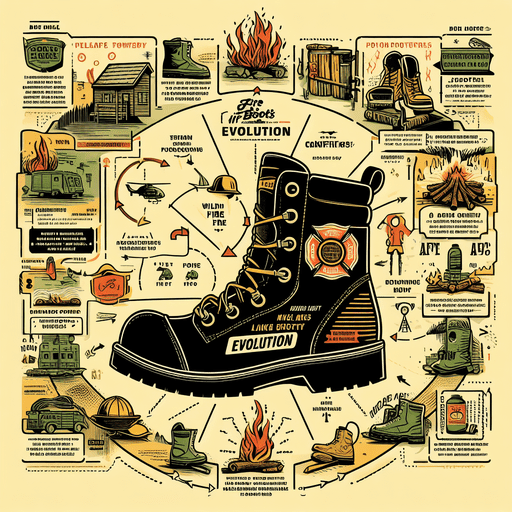

The Beginning: Leather Boots
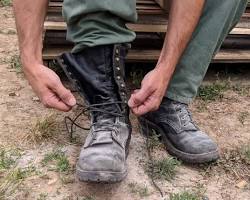

Traditional Footwear Issues
Fire-Resistant Materials: The Birth of Modernization
Vibram Soles Improve Traction
Design Innovations: Ergonomics and Fit
Insulation and Its Function
Toe caps and shank protection are two safety features.
Technologies for Waterproofing
Environmental Longevity
Personalization and customization
Cost and Availability
Standard and Testing
Firefighting boots are subjected to rigorous testing and safety regulations to ensure they fulfill the highest quality and performance parameters.
Future Development
As technology advances, the future of wildland firefighting boots is bright. Expect material advancements, smart technology integration, and a greater emphasis on firefighter comfort and safety.
What is the Fire Boot Standard?
Depending on the country and organization that uses them, fire boots are subject to a variety of rules and laws. The National Fire Protection Association (NFPA) is the primary authority in the United States for establishing standards and guidelines for fire boots and other firefighting equipment. It has two fire footwear standards: NFPA 1971 and NFPA 1977.
NFPA 1971:
The standard for structure firefighting protection gear and equipment is NFPA 1971. It specifies the standards for fire boots used to battle flames in buildings and urban settings. NFPA 1971 requires structural fire boots to have the following features:
- A minimum height of 8 inches from the bottom of the heel to the top of the boot.
- Minimum sole thickness of 0.5 inches at the ball of the foot and 0.75 inches at the heel
- A minimum heel height of 1 inch.
- Steel or composite toe cap that meets the ASTM F2413 standard for impact and compression resistance.
- A steel or composite plate that covers the bottom of the foot and meets the ASTM F2413 standard for puncture resistance.
- A steel or composite shank that supports the arch of the foot and meets the ASTM F2413 standard for bending resistance.
- Rubber or synthetic outer sole that meets the ASTM F489 standard for slip resistance.
- Leather or synthetic upper that meets the ASTM D6413 standard for flame resistance.
- A moisture barrier that prevents water and blood-borne pathogens from penetrating the boot.
- Thermal barrier that protects the foot from heat and cold.
- A lining that provides comfort and insulation.
- A closure system that secures the boot on the foot and prevents debris from entering the boot.
NFPA 1977:
The standard for wildland firefighting protective apparel and equipment is NFPA 1977. It specifies the specifications for fire boots used to battle fires in woods, grasslands, and other natural places. Wildland fire boots must have the following attributes, according to NFPA 1977:
- A minimum height of 8 inches from the heel to the top of the boot is required.
- A minimum of 0.25 inch at the ball of the foot and 0.38 inch at the heel.
- The heel height is requirement is 0.75 inches.
- A leather or synthetic upper that fulfills the ASTM D6413 flame resistance requirement.
- A leather or synthetic outer sole that fulfills the ASTM F489 slip resistance standard.
- An insole that provides comfort and cushioning.
- A closure system that secures the boot on the foot and prevents debris from entering the boot.
As you can see, the main differences between structural and wildland fire boots are the presence or absence of steel or composite components, moisture and thermal barriers, and linings. These differences reflect the different needs and challenges of firefighting in different environments. Structural fire boots are heavier and more protective, but also less breathable and flexible. Wildland fire boots are lighter and more comfortable, but also less resistant to punctures and impacts.
Conclusion:
The wildland firefighting boots have changed the way firefighters handle their dangerous responsibilities. These boots have progressed from basic leather boots to highly advanced, tailored, and sustainable solutions, ensuring the safety and efficacy of individuals who safeguard our communities.
Frequently Asked Questions
What is the purpose of fire boots?
The objective of fire boots is to protect firefighters’ feet and ankles from heat, flames, sparks, chemicals, water, and other hazards on the job.
What makes wildland fire boots?
A wildland fire boot is a type of fire boot developed for combating flames in natural and rural settings. It has a lace-up closing system, a leather or synthetic top, a rubber or synthetic outer sole, a leather or synthetic insole, and a minimum height of 8 inches.
What features should I look for in wildland fire boots?
Look for heat-resistant soles, long-lasting materials, enough ankle support, and a comfortable fit. Consider qualities such as insulation, waterproofing, and slip resistance.
What’s the significance of heat-resistant soles in wildland fire boots?
Heat-resistant soles can withstand high temperatures, keeping the soles from melting or failing in the strong heat of a wildfire. This function is critical for your protection.
Why is ankle support important in wildland fire boots?
When crossing uneven and difficult terrain, ankle support can assist in preventing injury. It helps to stabilize your ankles and lowers your risk of sprains and strains.
Should I prioritize comfort in wildland fire boots?
Yes, comfort is essential. During firefighting activities, you may be required to wear these boots for extended periods. Make sure they are well-fitting and include padding for enhanced comfort.
What is NFPA Boots?
NFPA boots are fire boots that meet the National Fire Protection Association’s (NFPA) standards and rules for structural or wildland firefighting protective gear and equipment.
What does “NFPA-compliant” mean when it comes to wildland fire boots?
NFPA-compliant boots meet the National Fire Protection Association’s (NFPA) safety standards. It denotes that the boots have undergone extensive testing and meet industry safety standards.
Do wildland fire boots come in different styles and designs?
Yes, lace-up and pull-on boots are available in a variety of styles and designs. Choose the style that best meets your interests and needs.
How to Size Wildland Fire Boots?
For both comfort and safety, it’s important to size wildland fire boots precisely. Using a Brannock gadget, measure your feet first, being sure to take into account both length and width. Please consult the manufacturer’s sizing chart at all times, as brands may have different sizes. To guarantee a good fit, consider the kind of socks you’ll be wearing on firefighting missions.
What Are the Standard Boots for NWCG?
The National Wildfire Coordinating Group (NWCG) advises wearing boots compliant with NFPA 1977 guidelines. These requirements guarantee that the boots offer sufficient defense against the risks encountered when combating wildland fires. Seek out boots that meet the precise specifications provided by NWCG and have features like heat resistance and strengthened construction.
What Is the NFPA Standard for Fire Boots?
Wildland fire boots must meet the minimum performance standards outlined in the NFPA standard, NFPA 1977. This covers requirements for various safety qualities, such as heat resistance and puncture resistance. Make sure the fire boots you choose satisfy the required safety criteria by looking for NFPA certification.
How Should Structure Fire Boots Fit?
The ideal fit for structure fire boots is snug but comfortable. Usually, their purpose is to protect and support the ankles during structural firefighting operations. Make sure your toes can fit comfortably inside the boots and that they are snug but not too tight. When it comes to structure fire boots, always go by the sizing guidelines given by the manufacturer.
Can Wildland Fire Boots Have a Steel Shank?
Yes, a steel shank is permissible for wildland fire boots. The steel shank gives the boot’s sole an additional degree of stability and protection. It assists in avoiding cuts from jagged items on the floor. Make sure the boots fulfill all other pertinent safety requirements for battling wildland fires before deciding to purchase any with a steel shank.
Where to Buy Wildland Fire Boots?
Look into both local and online possibilities when it comes to buying wildland fire boots. You can frequently try on boots at specialty shops and local retailers to ensure the ideal fit. Online marketplaces offer a multitude of options and user reviews, such as websites devoted to firefighting equipment. Authorized dealers and reputable brands are important factors to take into.
Are all wildland firefighting boots waterproof?
Wildland firefighting boots are not completely waterproof. While some types are waterproof, others focus on breathability to keep feet cool. The decision is based on the firefighter’s demands and preferences.
What should I consider when choosing the right pair of wildland firefighter boots?
Boot material, sole type, heat resistance, ankle support, size, and waterproofing are all factors to consider. Also, ensure that they fulfill the safety criteria for wildland firefighting.
Are there any maintenance tips for the best wildland firefighter boots?
Yes, routine maintenance is essential. After each use, clean them, inspect them for wear and tear, and recondition the leather if necessary. Keep them dry and well-stored to extend their life.
Can I use wildland firefighter boots for other outdoor activities?
While these boots were built primarily for wildland firefighting, their robust build and longevity make them appropriate for other outdoor activities such as hiking and hunting.
How do I know if my wildland firefighter boots fit correctly?
Proper fit is essential for comfort and safety. Ensure there is enough room for your toes to move comfortably, but not so much that your feet slide. Also, check if they provide adequate ankle support.
What certifications should I look for in the best wildland firefighter boots?
Look for certifications like UL Certification, ASTM F2413, NFPA 1999, and NFPA 1977 when selecting the best wildland firefighting boots. These certificates guarantee that the boots fulfill industry safety requirements for protection in situations involving wildland firefighting. Check the product specifications or get in touch with the manufacturer to determine whether these certifications are present.
Do wildland firefighting boots come in different styles and colors?
A proper fit is critical for both comfort and safety. Allow enough space for your toes to wiggle easily, but not so much that your feet slide. Also, see whether they offer.
What boots do wildland firefighters wear?
Wildland firefighters frequently don protective boots that satisfy NFPA 1977 criteria. These boots offer flexibility and support, and they’re frequently constructed from strong leather and fire-resistant materials. Well-known companies with a strong reputation for dependability and attention to safety regulations are La Sportiva and White’s Boots. Given the demanding nature of the work, selecting the appropriate footwear is essential. You can help with the selection process by talking to seasoned coworkers or by adhering to departmental policies.
What boots does the forest service wear?
The Forest Service frequently wears boots made specifically for rough terrain. These boots provide essential protection since they adhere to industry requirements such as NFPA 1977. Common elements include fire-resistant materials and sturdy leather. Well-known brands with a safety record, like Whites Boots, are preferred. The Forest Service requires workers to wear appropriate footwear for the rigorous nature of their work. Following departmental policies or consulting with more seasoned coworkers might help determine the best boots to wear.
Which are the women’s best wildland firefighting boots?
The La Sportiva Women’s Glacier WLF is a great option for women looking for the best wildland fire boots. These boots have an excellent reputation for being safe and long-lasting. For women fighting wildland fires, they are a dependable option since they combine protection and comfort. When choosing women’s wildland fire boots, give top priority to features like fire-resistant materials and conformity to NFPA standards for maximum safety and performance.
What boots do hotshots wear?
Hotshots often choose Haix wildland boots for their demanding work. These boots satisfy the strict requirements needed for combating fires and are well-known for their resilience and safety features. Hotshots often choose Haix wilderness boots because they are dependable in difficult circumstances and offer protection and comfort.
How long are fire boots good for?
Fire boots have a limited lifespan and can deteriorate over time due to various factors, including natural wear and tear, extreme conditions, and usage. The National Fire Protection Association recommends replacing fire boots every five years, regardless of their condition. Signs that indicate that fire boots need to be replaced include worn-out soles, dented or exposed toes, torn or burned upper parts, broken fasteners, and improper fit. It’s important not to repair or modify fire boots as this can affect their safety and void their warranty and certification.
What does firefighter call their boots?
Depending on the region and culture, firefighters’ boots have varied names. Bunker boots, Fireman boots, and Logger boots are other common names.
Do firefighters have specific terminology for their boots?
Yes, firemen frequently use jargon to describe their boots. Understanding this jargon allows you to gain insight into the tight-knit culture of the firefighting community.
What makes Danner a reliable choice for wildland fire boots?
Danner is known for its exceptional quality and durability. The brand consistently meets the rigorous demands of firefighting, making its boots a reliable choice for professionals.
How can I ensure the best fit when purchasing fire boots online?
Pay attention to sizing charts provided by manufacturers, read customer reviews for insights into sizing accuracy, and consider brands that offer return policies in case of sizing issues.
How do tread patterns contribute to the performance of fire boots?
Tread patterns are crucial for providing traction on various terrains. They enhance grip and stability, ensuring firefighters can navigate challenging environments with confidence.
Why is heel design an important factor in wildland fire boots?
Heel design plays a pivotal role in stability and support during firefighting operations. A well-designed heel ensures balance and minimizes the risk of slips or falls in dynamic situations.
Can I customize my fire boots for a better fit?
Yes, customization is possible with brands like Custom JK Boots. Firefighters can tailor their boots for optimal comfort and performance, addressing individual preferences and specific needs.
What distinguishes wildland fire boots from structural fire boots?
Wildland firefighting boots are designed for outdoor environments and focus on heat resistance and comfort. Structural firefighting boots, on the other hand, meet specific standards for protection against heat, chemicals, and other hazards encountered in structural firefighting.
Are there specific fire boots designed for women?
Yes, many brands offer fire boots specifically designed for women. These boots prioritize a comfortable fit while maintaining the necessary safety features required for firefighting.
How do HAIX fire boots stand out in structural firefighting?
HAIX fire boots are renowned for setting the standard in structural firefighting. Their advanced features, including heat resistance and durability, make them a top choice among firefighters.
Where can I find real reviews and recommendations for the best wildland fire boots?
Check online platforms like Reddit and Quora where the firefighting community shares experiences and reviews. These discussions offer valuable insights into the performance of different firefighter boots in real-world scenarios.
As an Amazon Associate and Adidas associate, I get money from qualifying purchases and may make money from links on this website.
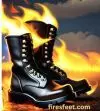
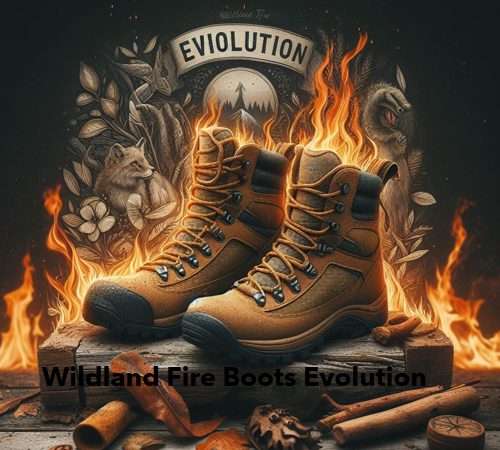
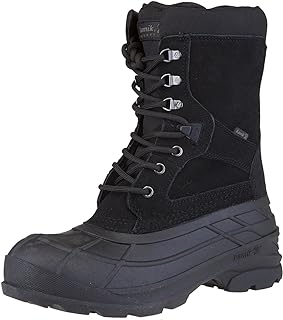

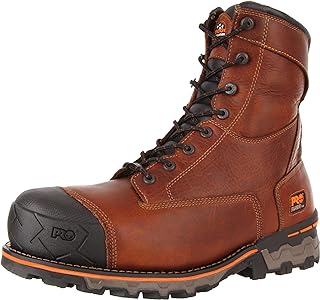
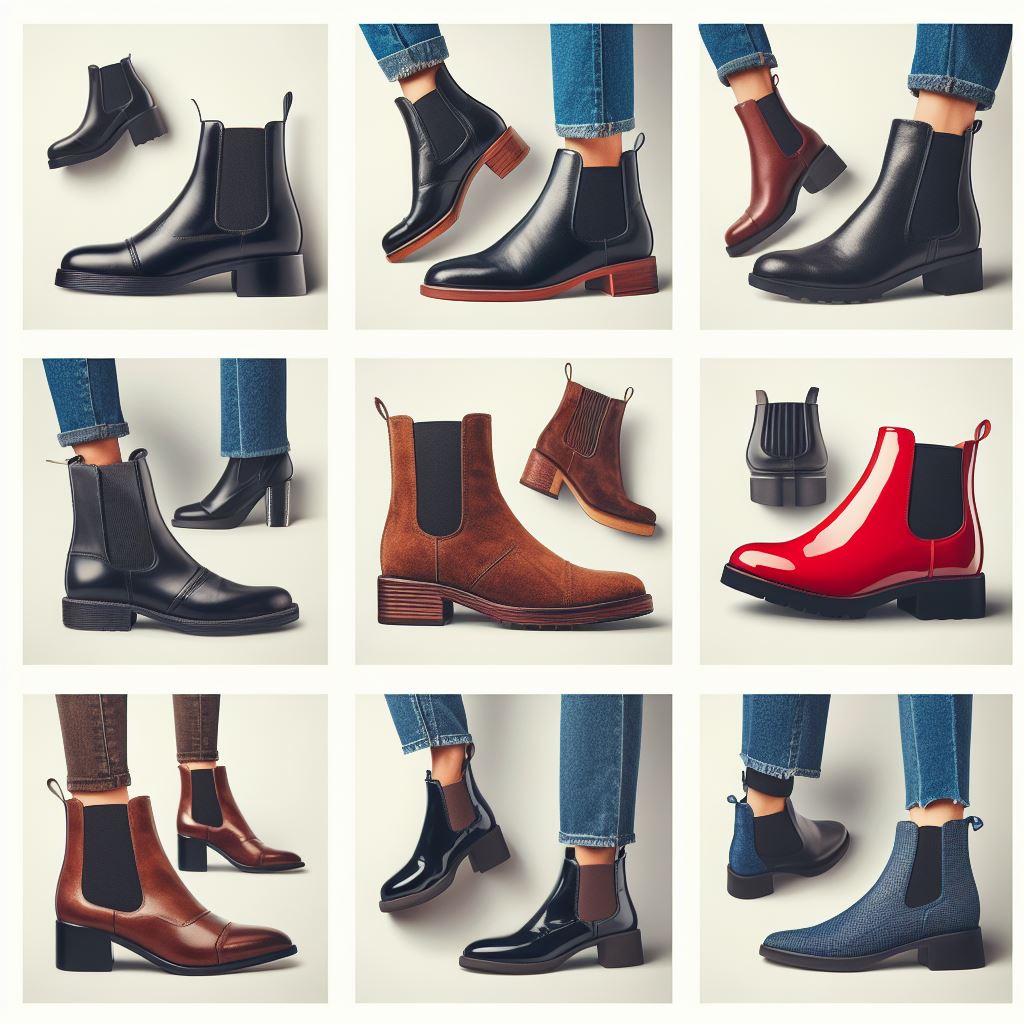

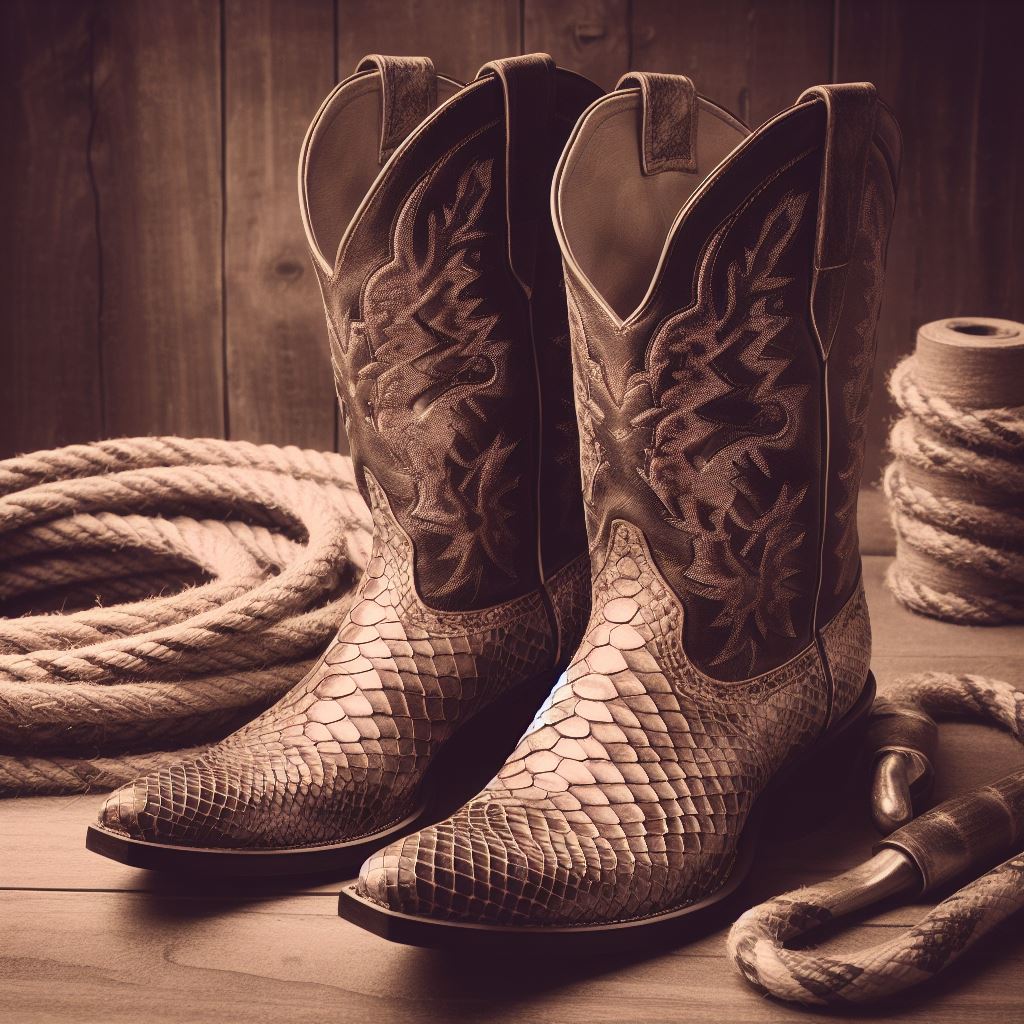
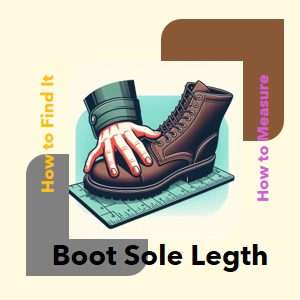
Pingback: How to Choose the Right Wildland Fire Boots for Your Needs
Pingback: NFPA Approved Wildland Fire Boots: Safety First
Pingback: Ultimate Wildland Firefighter Boots for Maximum Protection
Pingback: Ariat Firefighter Boots: The Ultimate Choice for Firefighters